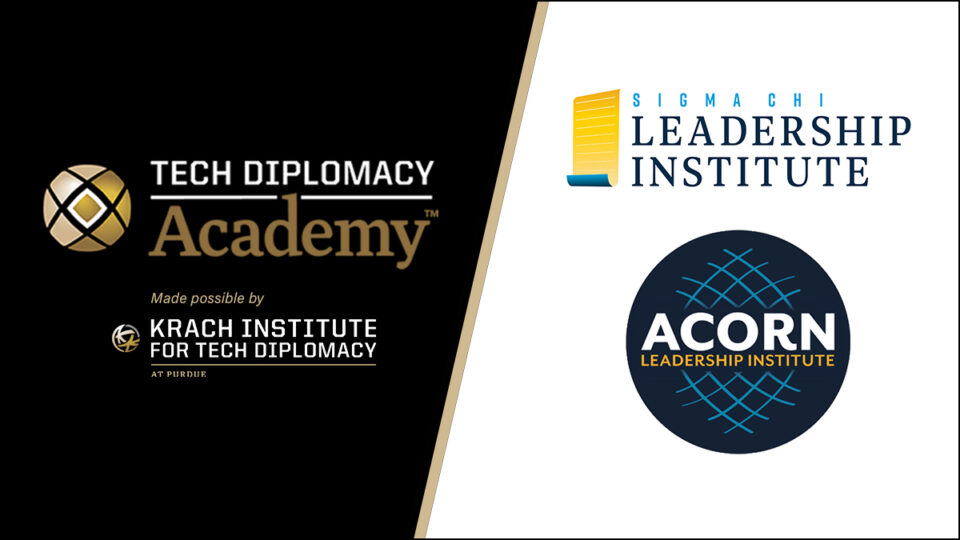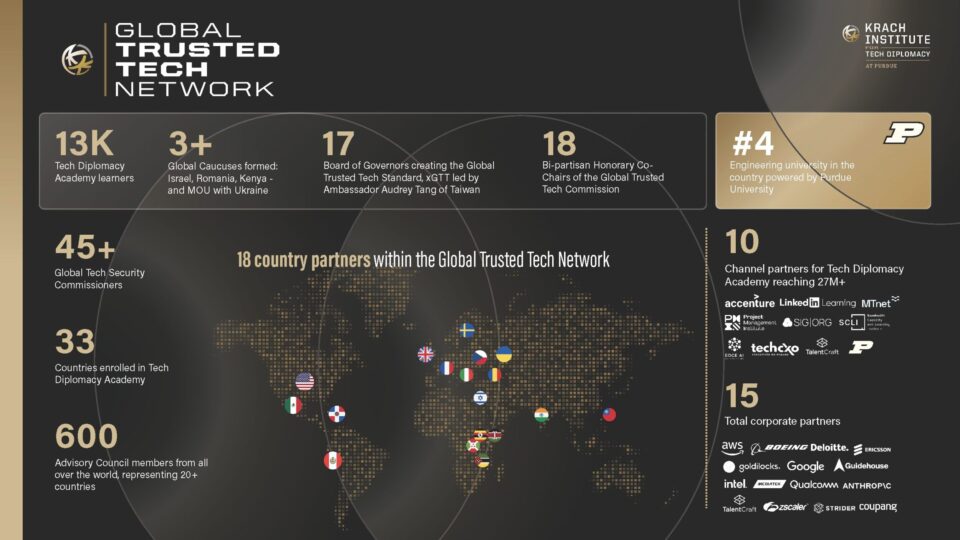Global Shift Toward Trusted Defense Supply Chains Opens Doors for Romanian SMEs
04.08.25

When SMEs are integrated into supply chains, they contribute
not only to defense but also a nation’s economic future
By Brigadier General (Ret.) Dr. Cătălin Constantin Mihalache
In his book The Kill Chain: Defending America in the Future of High-Tech Warfare, Christian Brose highlights how modern warfare is shaped by disruptive technologies and agile supply chains. With cyber threats, autonomous drones, and electronic warfare reshaping security paradigms, small and medium-sized enterprises (SMEs) are becoming essential contributors to maintaining strategic advantages.
Romania, positioned at the crossroads of the Black Sea region, NATO, and the EU, has a unique opportunity to elevate its SMEs into global defense supply chains. However, success depends on adherence to principles of trust, transparency, and innovation.
Why Romanian SMEs Matter in the “Kill Chain” Era
Modern defense strategies prioritize agility over bureaucracy. Traditional military-industrial complexes struggle to keep pace with adversaries leveraging faster, more cost-effective technologies. Romanian SMEs, with their adaptable structures and rapid innovation cycles, can carve out specialized niches in areas such as sensors, communications, military software, and protective equipment. The country’s strong IT sector, for instance, could expand into cybersecurity and command-and-control systems for military applications.
Integration into supply chains of major defense companies like Lockheed Martin, Raytheon, Airbus, Rheinmetall, and Leonardo is another critical step. Romanian SMEs can supply components, subassemblies, and specialized services, either through direct tenders or by leveraging offset programs linked to international military contracts. Addressing Europe’s defense supply vulnerabilities, as highlighted in the EU’s Defence Investment Gap Analysis (2022), further strengthens Romania’s position. By increasing local production of critical subassemblies and software, Romanian SMEs can reduce dependence on non-European imports.
Additionally, access to European defense funding is key. Programs like the European Defence Fund (EDF) and the European Defence Industry Programme (EDIP) provide billions of euros to support SMEs developing innovative defense technologies. Partnering with research institutes and universities can increase the likelihood of securing these funds.
Public-private partnerships and defense industry clusters could further enhance SME participation. Establishing regional or national defense clusters in collaboration with major industry players, such as ROMARM, would improve resource access and foster expertise-sharing. Romania’s National Strategy for the Defense Industry (2024–2030) already envisions support for SME growth through centers of excellence and digital matchmaking platforms.
Learning from Global Best Practices
Several smaller nations have successfully integrated SMEs into the defense sector. Estonia, for example, has positioned itself as the Silicon Valley of Cyber Defense. Its NATO Cooperative Cyber Defense Centre of Excellence (CCDCOE) has enabled over 50 SMEs to contribute to NATO cybersecurity projects, with Estonian firms now developing 40% of NATO’s cybersecurity solutions. A key success factor was partnering with academic institutions like the University of Tartu while securing NATO funding.
Croatia, on the other hand, revived its naval industry by enforcing strict NATO AQAP 2110 standards for its shipbuilding SMEs. This led to over €500 million in contracts for NATO vessel maintenance. Similarly, Bulgaria leveraged €150 million from the European Defence Fund to modernize its ammunition factories, allowing local production to supply 15% of NATO’s light ammunition needs.
Overcoming Barriers: Solutions for Romania
Despite its potential, Romania faces several obstacles in scaling its SME defense sector. One of the main challenges is certification—only 12% of Romanian defense SMEs hold essential quality management certifications like NATO AQAP or ISO 9001/27001 for cybersecurity. Additionally, the sector suffers from fragmentation, with industry bodies like PATROMIL and OPIA failing to effectively integrate SMEs, particularly in dual-use (civil-military) sectors.
To overcome these challenges, Romania could implement the following measures:
- SME Center of Excellence: Inspired by the US DIUx model, Romania could create a national hub for NATO certification assistance, quality management training, and technology validation.
- Targeted Funding Initiatives: Allocating €300 million from the Planul Național de Redresare și Reziliență (PNRR) for dual-use technology projects and accessing NATO’s €1 billion Innovation Fund for autonomous drone development.
- Strategic Partnerships: Encouraging joint ventures between Romanian SMEs and major international defense contractors to facilitate technology transfers and market access.
- University Collaboration: Expanding research and development partnerships between SMEs and Romania’s technical universities to drive innovation.
- Global Trusted Tech (xGTT) Standard: Purdue University’s Krach Institute for Tech Diplomacy has launched the xGTT Standard initiative to define and label trusted technology. This presents an opportunity for Romanian SMEs—in the defense sector and beyond—to optimize their competitive edge in the global marketplace.
The Role of Consulting Firms in the Defense Supply Chain
Within the Kill Chain concept, consulting firms play a crucial role in integrating SMEs into the global defense market. They provide strategic expertise to navigate complex international procurement requirements and identify opportunities for participation in defense supply chains.
For example, in the US F-35 program, suppliers across different states were integrated through a meticulously coordinated network of consulting and logistics firms. A similar model could be applied in Romania, where consulting firms facilitate SME partnerships with major NATO and EU contractors, maximizing economic and strategic impact.
Romania’s Future as a NATO Strategic Supplier
Looking ahead, Romania has a real opportunity to emerge as a key defense supplier within NATO. In the short term (2025–2028), investments in quality standards and certification processes could significantly enhance SME competitiveness. The goal should be to increase the number of NATO AQAP and ISO-certified SMEs from 12% to 40%, while securing at least €50 million in NATO funding for innovation centers and testing facilities.
The broader economic and strategic impact of these efforts would be substantial generating over 5,000 high-tech jobs and enabling Romania to locally produce 20% of its military equipment components, reducing dependence on foreign suppliers.
From Vision to Action
As The Kill Chain warns, “the future war will be won or lost in supply chains.” For Romania, integrating SMEs into the defense sector is not just an economic opportunity—it is a strategic necessity. By leveraging EU funding, NATO expertise, and international success models from Estonia and Croatia, Romania can position itself as a crucial node in Europe’s security architecture.
Brigadier General (Ret.) Dr. Cătălin Constantin Mihalache îs the Founder & CEO of B2S Black Sea Strategies.

